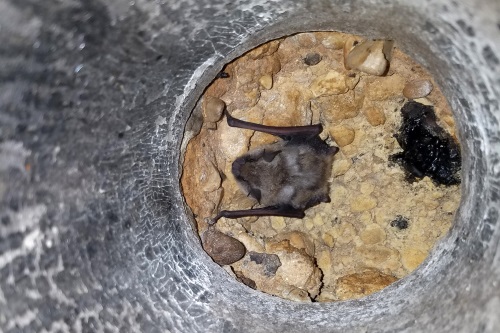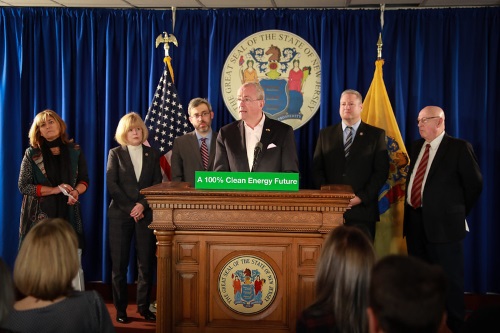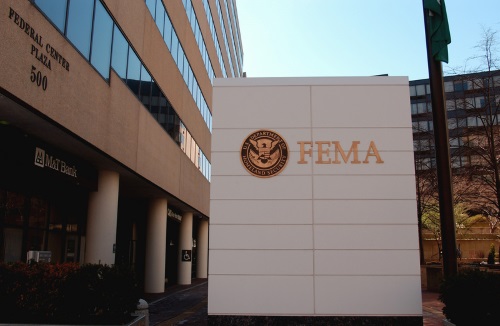There may be a new mammal vying for the title of man’s best friend – and a new study is looking into how Texas Department of Transportation bridges may be key to this profitable mammal-human connection.
Dr. Stirling Robertson, the biology team lead within Texas DOT’s natural resources management section, explained that bats help preserve the health of natural ecosystems and also provide substantial economic impacts by pollinating plants, spreading seeds and eating pests such as moths, beetles, mosquitoes, stinkbugs and termites. Some have been documented to consume as much as 85 percent of their body weight in insects every night – and bats can weigh anywhere from an ounce and a half to north of two pounds.
“Such voracious foraging on insects has definite economic impacts, especially for agricultural production,” he explained. “More than 100 million Brazilian free-tailed bats can fly nightly from caves and highway structures, like bridges and culverts, eating up all kinds of crop pests.”
In Texas’ Winter Garden Region southwest of San Antonio, a single Brazilian free-tailed bat will eat 20 insects a night. That translates to two cents per bat, per night, of ecosystem services as farmers do not need to apply additional pesticides to achieve the same yield of cotton. When extrapolated across that region, it translates to an annual “agro-economic value” on cotton ranging from $121,000 to more than $1.72 million. That’s compared to the total value of the crop in this region of $4.6 million to $6.4 million per year.
To obtain firm numbers on the economic benefits bats provide Texas and how bridge structures contribute to that benefit, the Texas DOT and Texas A&M University are in the midst of a three-year field study expected to last through May 2021 – though, due to the COVID-19 pandemic, that study may need to be extended as stay-at-home orders has shelved the agency’s field research for two months.
“Finding places to hang during the day can be a critical limiting factor for many of these temperate bat species,” Robertson pointed out. “This is why learning more about how and why bats interact with our bridges is important to the distribution and abundance of these important species.”
He said that, of the 33 species of bats that live in Texas, 18 have been documented and six potentially use Texas DOT highway structures as day roosts.
Based on several scattered records, a number of different bat species use bridges and culverts statewide in summer and winter, with studies of sites and species combinations indicating that many highway structures house more than 1,000 bats.
“This sample is undoubtedly an underestimate of highway structure roost use in the state, but currently the frequency of this bat-highway structure interaction is unknown,” Robertson noted. That’s why Texas DOT began this study in partnership with Texas A&M; conducting a systematic inventory of bridges and culverts in the state to compare sites that have bats and those that don’t so experts can find what attracts bats to these structures.
Current research indicates that culverts that cross divided highways usually range about 200 to 400 feet long and are about 5 to 10 feet underground; creating “thermal qualities” that simulate the thermal qualities of caves, which could be a factor in the bat’s preference. By contrast, bridges provide numerous nooks, crannies and expansion grooves that offer tight spaces for bats to roost in.
A previous study by researchers at Boston University compared the development of Brazilian free-tailed pups raised in a cave to those raised under a bridge and found that the increased temperature of those bridges during the spring and summer resulted in pups that developed faster, weaned quicker, and had larger body sizes than those in a cave.
Undoubtedly, not all bridges or culverts are used by bats, thus Robertson hopes that Texas DOT’s ongoing study will help better illuminate the factors that attract bats to nest in them. “Better information on which bridges serve as important roosts for bats will also be extremely useful for the planning and timing of maintenance and construction of highway infrastructure,” he said.
Part 2 of this story will examine the work New Mexico DOT is doing to make its bridge structures more “bat friendly.”




